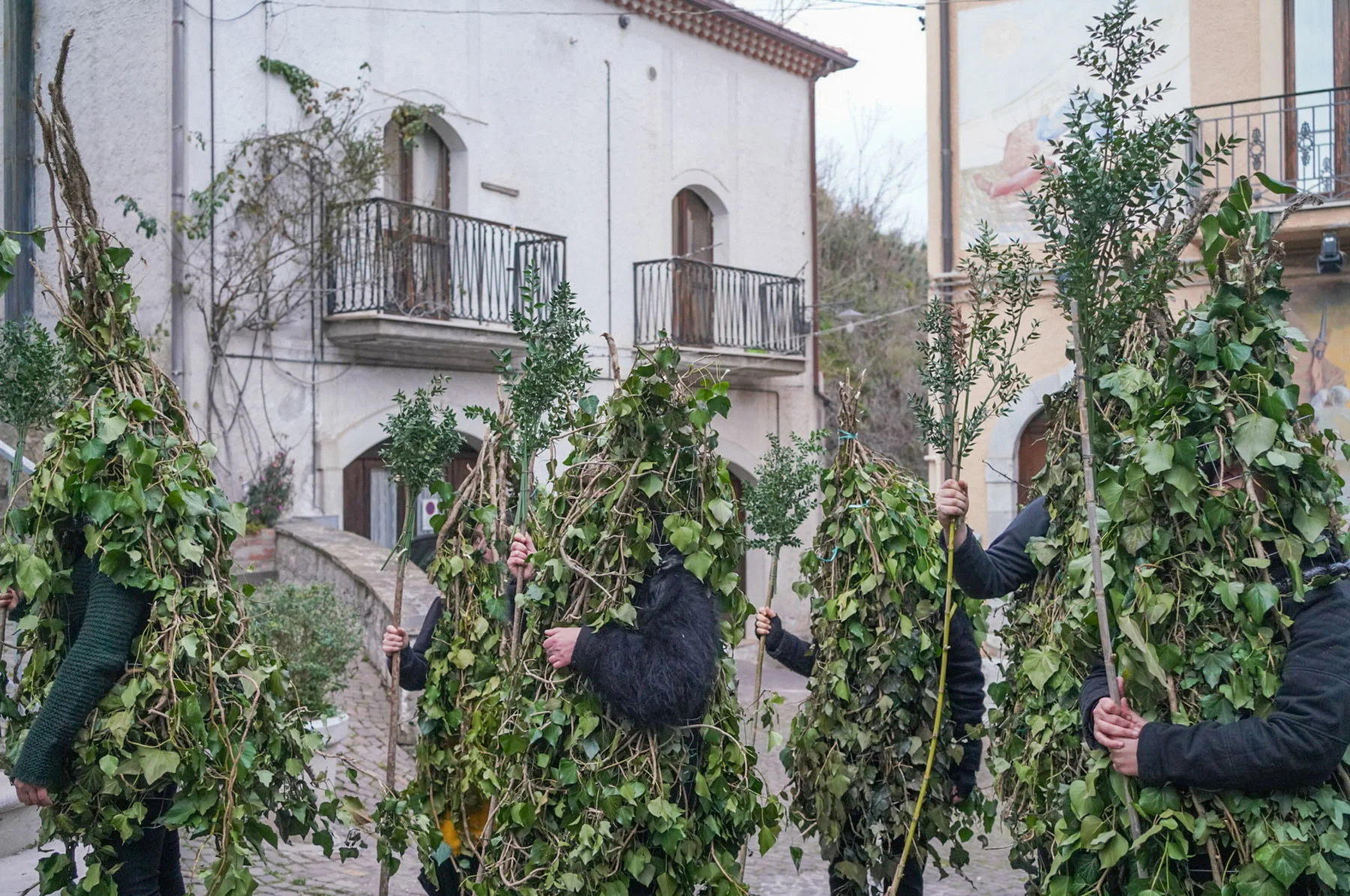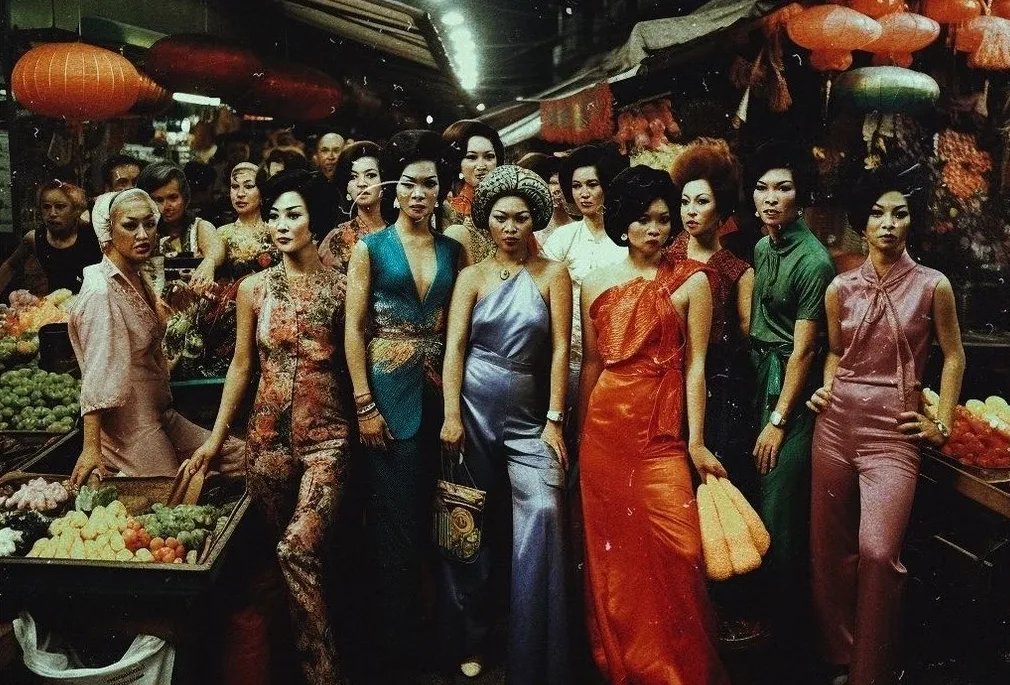

Growing up, Jemila Isa’s mother would take her to church every Sunday. She’s spent much of her life considering the complex role of faith in the lives of West African women and those across the diaspora, and also the way women are often underappreciated in the church. She tells Dalia Al-Dujaili how her paintings celebrate those women and highlight the incredible sense of community and joy the church can bring, while also acknowledging its more sinister side.

A schoolgirl and a Christian pastor stand side by side, glancing at each other. He is tall, and stands over her. She is slightly smaller, her face melancholic and naive. “The Priest & The School Girl” is one of Jemila Isa’s many scenes set in a Christian Nigerian space. The colors are flat and the proportions are unusual, giving the scene an innocent yet uncanny appearance. Isa grew up in London in a dual faith household—with a “hardcore” Christian mother and Islam from her father’s side—which allowed the young artist to be critical of both religions whilst maintaining reverence and admiration for them too.

In another scene, a group of Nigerian women sit in “Congregation,” wearing different colored dresses but the same blank expressions. There is something disturbing underneath this colorful and seemingly uncomplicated image. Isa tells me there are many West African women within the church: “it’s something that you’re just kind of indoctrinated into right away, and a lot of them don’t question the faith,” she says. “They don’t delve any deeper than what they're told.” This melancholic, almost zombie-like stare on their faces, Isa tells me, is a way to “represent the idea of them just blindly following the faith without any introspection.”


Women take up space in Isa’s work but not in the way we’re expecting. Isa asks us to complicate the role of women in religion, women who often bolster patriarchal institutions. “Women are not allowed to preach,” she says. “If you go to most West African churches or Pentecostal churches, the congregation is made up predominantly of women. Yet in many ways they’re not valued as much as the men within the faith.”
In 2002, a mega church in Kilburn was shut down after a police investigation revealed the pastor, Douglas Greenwood, was found to have sexually assaulted several young women from the church as well as embezzling funds. Isa was just a child at the time, but remembers that “even after that information came out, the women were still supporting [Greenwood] to stay in his role and most of the criticism went towards the young girls who were assaulted. The women are so male centered and there’s a lot of misogyny from the women themselves.”

As much as I have so many critiques and issues with the church, I will never not feel comfortable and at home there.
However, Isa doesn’t overcomplicate her work; it is also warm and familiar. The tones are earthy and the community draws you in with their movement towards and around the church, such as in “The Eyes Of The Lord Are Everywhere” and “Two By Two.” “There is a sense of community within these churches,” says Isa, “and as much as I have so many critiques and issues with the church, I will never not feel comfortable and at home in the church. There’s something very maternal about it, the majority of the congregation is made up of women that are my mother’s age.”
Isa’s work was most recently on display with Bolanle Contemporary in an exhibition titled “In Her Spirit,” alongside Eilen Itzel Mena, at The Shop at Sadie Coles HQ. Running from 26 March till 26 April 2025, the exhibition explored the intersection of Black women and spiritual legacies.

Having never visited Nigeria, Isa takes visual references for her paintings from her mother’s archival images—“old photographs that I have from my mother’s youth,” she says—as well as West African photographers such as Malick Sidibe and vintage studio photography, which the series “Sublime” echoes heavily. “A lot of the poses I sometimes put my characters in are very awkward and stiff because those are the references that I use a lot of the time, those old studio photographs,” she explains.
Looking at Isa’s unsettling caricatures, it’s perhaps no surprise she also takes inspiration from artists who struggled with their mental health; she tells me she has always been drawn to outsiders, “people that would be typically considered on the fringes of society,” artists like Sister Gertude Morgan, Clementine Hunter or Bill Trailer. Her favorite gallery in London, for example, is The Museum of Everything, “the world’s only wandering institution for the untrained, unintentional, undiscovered and unclassifiable artists of modern times.” In a very tangible way, the styles of these fringe artists echo the stories Isa narrates in her work.



